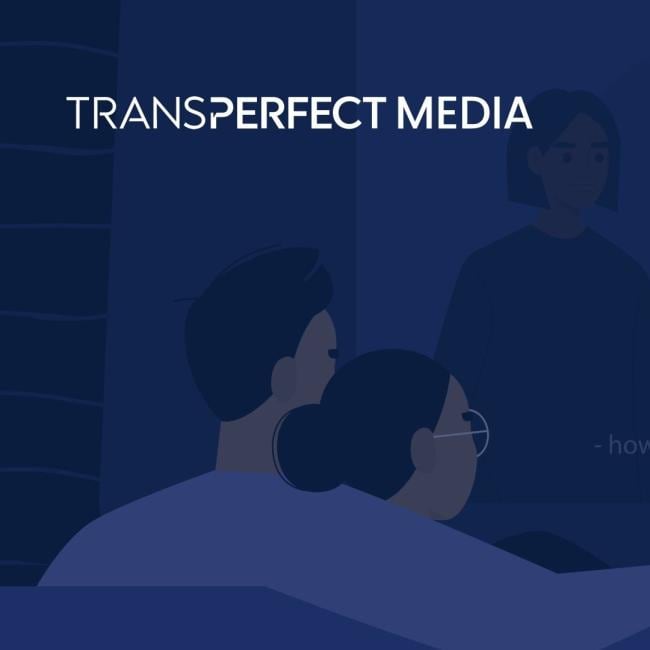Optimize Video for YouTube with These Seven SEO Tips


The popularity of online video continues to rapidly increase. According to recent studies, internet video streaming and downloads will grow to more than 82% of all consumer internet traffic by 2022 (Cisco). When talking about internet video, YouTube is king—the platform amassed 1.9 billion users worldwide in 2019 (Statista, 2019). In fact, the only social network with more active monthly users than YouTube is Facebook.
YouTube is a Search Engine – SEO Matters
Creating relevant content and producing quality video is important, but making sure people can FIND your video is even more crucial. The platform’s algorithm takes multiple items into consideration when selecting videos for search results, giving you plenty of opportunity to optimize your channel and videos. These include file names, titles, descriptions, and tags.
These seven SEO tips will help maximize your YouTube video’s accessibility.
1. Perform YouTube keyword research. Finding keywords for YouTube content is much simpler than it may initially seem. A good strategy is to use YouTube’s search suggest feature and let the platform do the work for you.
Want a bunch of keywords related to YouTube SEO?
This method is effective because it finds terms that YouTubers have actually typed into the search bar.
2. Use a target keyword in the file name. After identifying the keywords you’d like your video to focus on, the first place you should insert a keyword is its file name. The YouTube algorithm doesn’t actually “watch” your video to ensure it is relevant to your targeted keyword, but it can read the file name.
Video keywords tend to contain terms such as “how to,” “review,” and “tutorial.” Understanding the increasing importance of rich media for internet users, Google reserves a portion of the first page for video results that use video keywords. By optimizing your metadata with these keywords, you’ll get targeted traffic directly from Google’s first page.
3. Choose a compelling title (with keywords naturally included). YouTube allows up to 100 characters for video titles; however, Google’s latest update of search results—following the deletion of the right rail of paid search ads—limits most titles to around 70 characters.
Don’t bury the lede. It’s vital to present your most gripping information right up front in the title. A good format? Keyword 1, Keyword 2 | Your Brand
4. Reinforce your title with a riveting meta description. While YouTube permits up to 5,000 characters for the description field, only the first 157 characters will appear as a snippet in search results. Thus, it’s important to front-load your meta descriptions with the most convincing information.
Additionally, Google and YouTube rely on your text description to determine your video’s content. It’s perfectly fine to include one or two of your most compelling keywords in the meta description, but avoid keyword-stuffing—repetition is often seen by Google as a sign of spam.
In fact, according to Backlinko’s studies of YouTube ranking factors, there is no correlation between keyword-optimized descriptions and rankings.
5. Generate content that increases watch time. The #1 ranking factor on YouTube is watch time. Watch time is not just a measure of how long or what percentage of your video is viewed, but rather a measure of how much your video contributes to a user’s overall time watching videos on the site. Creating content that keeps the viewer hooked will help ensure that your video gets rightfully rewarded in searches. You might also consider using annotations and leaving links to other videos in the description box.
6. Use subtitles. Part of Youtube’s worldwide popularity and accessibility is that it can be navigated in 80 different languages, covering 95% of the internet population (Youtube, 2019). Search engines tend to prioritize content that is more universally accessible, and with the way YouTube rewards watch time, using subtitles is one of the simplest ways to increase views.
Additionally, closed captions and subtitles can cater to hearing-impaired viewers, increasing view counts and watch time, and are crawled by search engines—both good for a major rankings boost.
7.Optimize your on-page text. This may be the step forgotten the most. How does Google understand your video content? Crawlers do not “see” images or video. They rely on text—not only in your titles, meta descriptions, and subtitles, as noted above, but also on-page text.
Whether your on-page text outlines the contents of your video or includes a full transcript, use it as an opportunity to emphasize more keywords and give your viewers more reasons to spend time watching. Along with your title and meta description, on-page text makes your video more visible to Google, and in turn to your customers.



